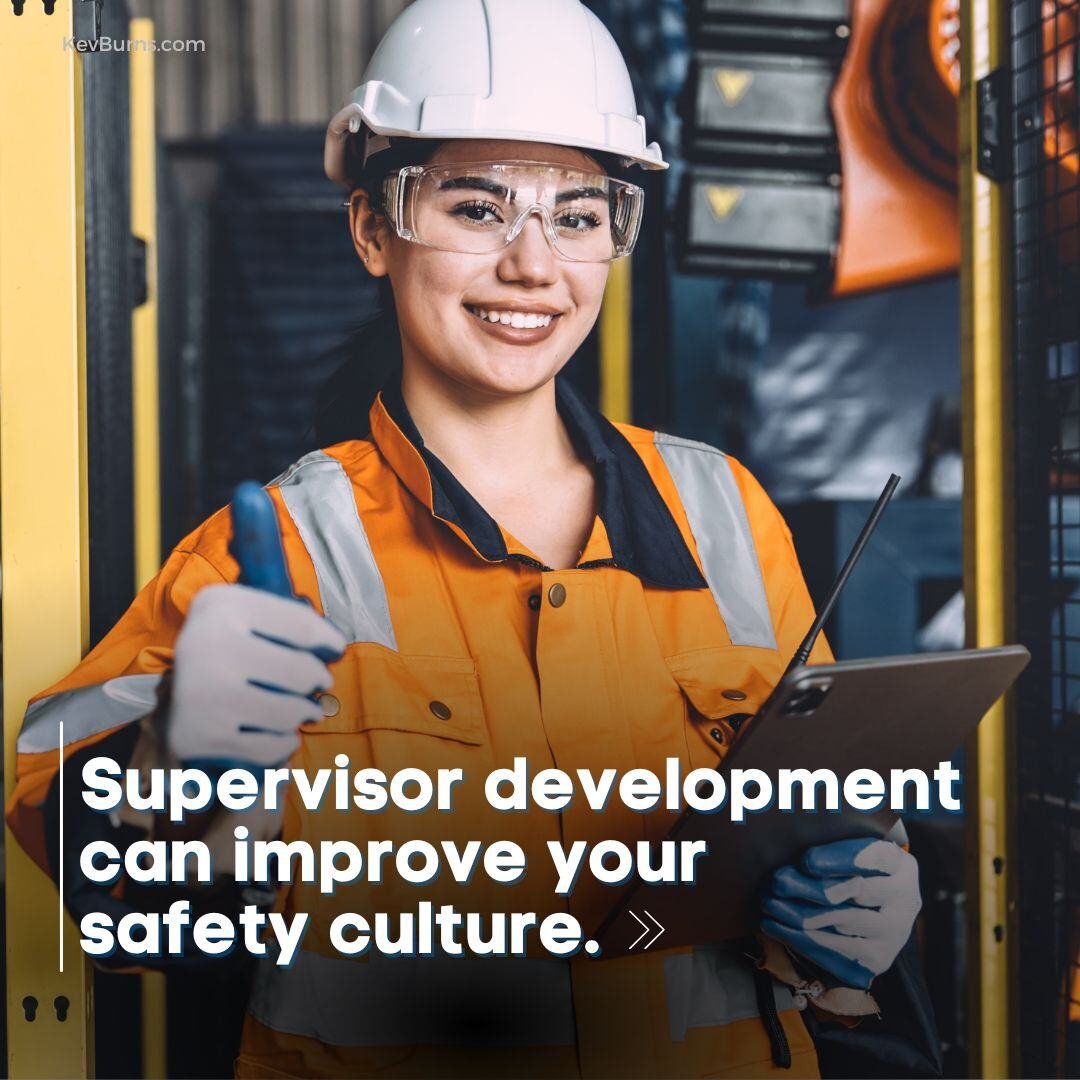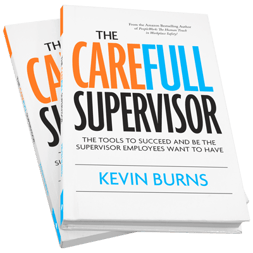Ever feel like your safety program is stuck in a loop? Most companies pour resources into training everyone, hoping to create a safety-minded workforce. But despite the endless meetings, constant reminders, and substantial investment, genuine buy-in remains elusive. What if the solution isn't about reaching more people, but focusing on the right ones? Research reveals a surprising truth about how change really happens in organizations, and it starts with your supervisors.

The Traditional Approach Isn't Working
Let's be honest - the way most companies approach safety isn't delivering the results you need. Safety managers spend countless hours conducting training sessions, updating policies, and trying to get buy-in from every single employee. It's exhausting, expensive, and often frustrating. More importantly, it's not creating the lasting change you're looking for.
The problem isn't that employees don't care about safety. They do. The issue is that you're spreading your efforts too thin, trying to influence everyone at once. It's like trying to fill a swimming pool with an eye dropper - you'll run out of energy long before you see results.
The Science of Influence
Here's where things get interesting. Research from Rensselaer Polytechnic Institute shows that when just 10% of a population holds an unshakable belief, that belief becomes the majority opinion. This isn't just theory - it's how change spreads through organizations.
So, if 10% of your workforce held an unshakable belief about working safely, that minority opinion would soon become the majority opinion. Your 1-10 ratio of supervisors to employees seems the best place to start. Get full buy-in from your supervisors, and they will influence your employees.
This ratio of about one supervisor for every ten workers isn't a coincidence - it's a natural organizing principle that aligns perfectly with how influence works.
Why Supervisors Are the Key
Supervisors occupy a unique position in the workplace. They're the bridge between management's safety goals and daily operations. More importantly, they have direct, personal influence over their teams. When a supervisor consistently demonstrates a commitment to safety, their team notices.
But here's the crucial part - this influence isn't just about authority. It's about relationships. Workers look to their supervisors for cues about what really matters. When supervisors show genuine care for their team's well-being through their actions, not just their words, it transforms how workers think about safety.
Leveraging the already-existing trusting relationships between supervisors and employees, allows safety departments to have a safety culture ripple out from the frontline instead of being pushed down from above.
Making the Shift
Creating this kind of change requires more than just telling supervisors to focus on safety. They need specific skills to become effective safety leaders. This includes knowing how to:
- Build trust through consistent actions
- Communicate effectively about safety concerns
- Handle resistance and difficult conversations
- Balance production pressures with safety requirements
- Create an environment where workers feel valued and protected
The challenge is that most supervisors are promoted based on their technical skills, not their leadership abilities. They may know their trade inside and out, but leading people requires a different skill set entirely.
This is where targeted development becomes crucial. Programs like the PeopleWork Supervisor Academy are specifically designed to bridge this gap, providing supervisors with the tools and skills they need to become effective safety leaders.
By investing in supervisor development, companies can create a cascade effect throughout their organization. Instead of trying to influence everyone at once, they're focusing resources where they'll have the greatest impact. It's not just more efficient - it's more effective.
Visit PeopleWorkAcademy.com to learn how we're helping supervisors become the safety leaders their teams need. Because when you get supervisor development right, everything else falls into place - including the safety culture you've been working so hard to create.





